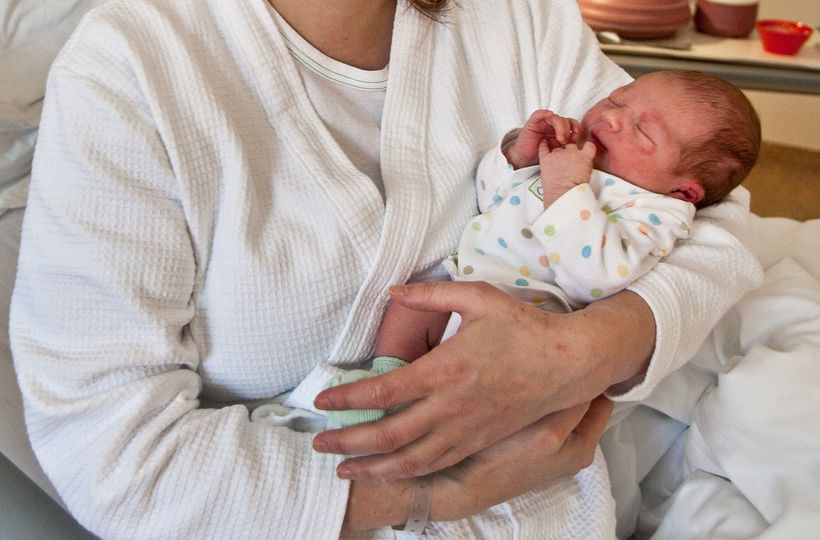Fertility Rate in Iceland at Historic Low
The fertility rate in Iceland is at a historic low, Fréttablaðið reports. It’s between 1.7 and 1.8 children per woman. This rate has generally been high in Iceland compared to other countries, or about two children per woman since 1980, according to Ólöf Garðarsdóttir, professor of social history at the University of Iceland. Four decades ago, the fertility rate was 2.9 children per woman.
The reason the population is not declining in Iceland is that we live longer than we used to, Ólöf notes. People in Iceland have a longer life expectancy than do people in most other European countries, as discussed in a previous article.
She notes that with regard to the quality of life we enjoy and production in society, there may be reason to worry about the low fertility rate. The dependency ratio, that is, the age-population ratio of those typically not in the labor force (children and retired people) and those typically in the labor force, is 0.649 in Iceland.
Ólöf points out that many European nations rely on imported labor for economic growth, which currently is the case in Iceland. Most foreign workers in Iceland, though, come from Eastern Europe, where the fertility rate is lower than here, so their fertility rate is lower than that of Icelanders.
She notes that based on the experience of other countries, what works best to increase the fertility rate is increasing the limit on payments to people on parental leave and lengthening the leave.
Maternity (parental) leave in Iceland is currently nine months, which mother and father can split between them, but authorities have announced that it will be ten months as of January 1. The maximum monthly payment to a person on parental leave (calculated as a ratio of that person’s salary) is ISK 600,000 (USD 4,700; EUR 4,200). The median salary in Iceland in 2018 was ISK 632,000, while the most common monthly salary was ISK 550,000-600,000.
Although the fertility rate in Iceland is down, it is still high compared to other European countries. In Portugal, Spain and Italy, it has been at 1.2-1.3 since 1990.
When asked what can be done to increase the fertility rate, Ólafur Þ. Gunnarsson, MP and geriatric doctor, responds, “We can, for example, lengthen the maternity leave, as we have been doing. We must also provide child care to bridge the gap between maternal leave and preschool, and make it possible for parents to take care of their children, such as when they’re ill. All of this has an impact.”
According to mbl.is, the average age of first-time mothers in Iceland in 2018 was 28.2 years.








